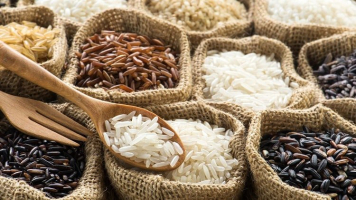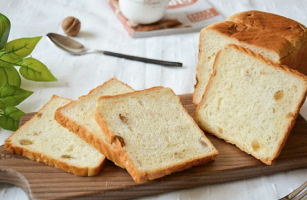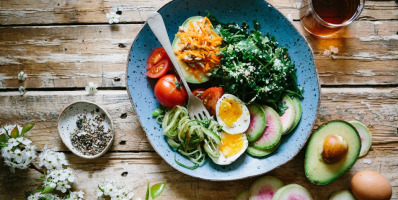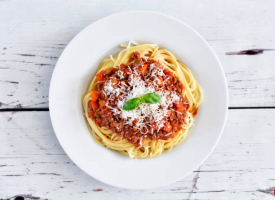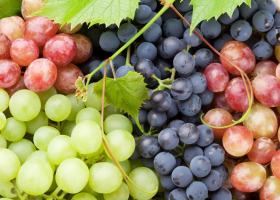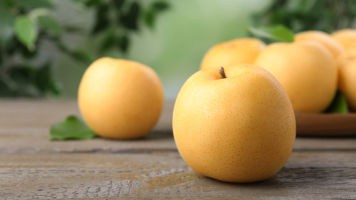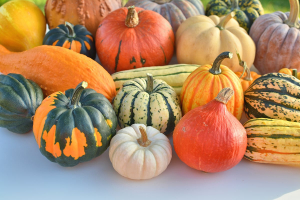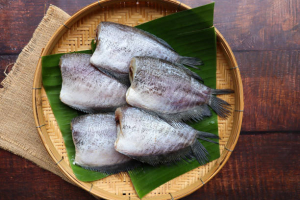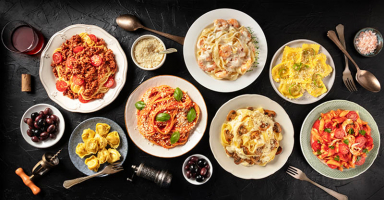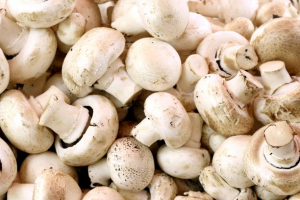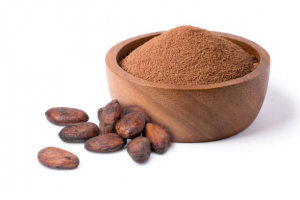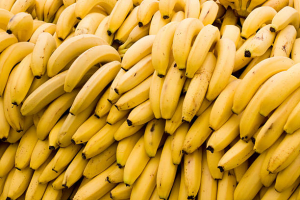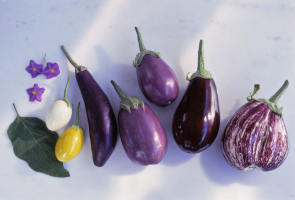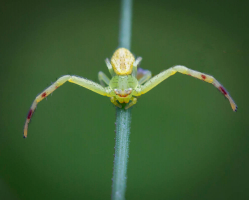Top 14 Most Common Types of Kimchi
Korea is an ideal destination for visitors from all over the world for its beautiful scenery and especially its diverse cuisine and unique flavors. And when it ... read more...comes to Korean cuisine, people immediately think of kimchi. However, not many people know about other kinds of kimchi other than the most famous one made by Napa Cabbage and red chilies. Let's explore 14 of the most common types of kimchi in Korea with Toplist!
-
The first type of kimchi on this list will be the most popular one - Baechu kimchi. Even if you haven't had a chance to eat it, you've probably seen it on TV, or in a corner of a supermarket. This kimchi is so famous that it is recognized by UNESCO as a part of Korea's Intangible Cultural Heritage.
Baechu kimchi is easy to make even though it might need to be marinated for a pretty long time, preferably around two-to-three-week. To make this kimchi, you will need Napa cabbage as the main ingredient, daikon radishes, scallions, carrots, Asian pears, salt, and a mixture of gochugaru (Korean chili flakes), sticky rice flour, sugar, fish sauce, and saeujeot (salted shrimp). Firstly, you need to soak the cabbage in salt water, then drain it and applied the mixture between each layer of cabbage leaves. After that, everything will be stored in jars or containers, covered, pressed down, and let ferment at room temperature.
Korean eats baechu kimchi all year long. The process of making this kimchi even becomes a reason for Koreans to gather around every autumn. At that time of the year, Korean families will prepare vast batches of kimchi together, and eat them throughout the cold winter. Baechu kimchi can be served with hot rice or used in fried rice, braises, and stews like kimchi jjigae.
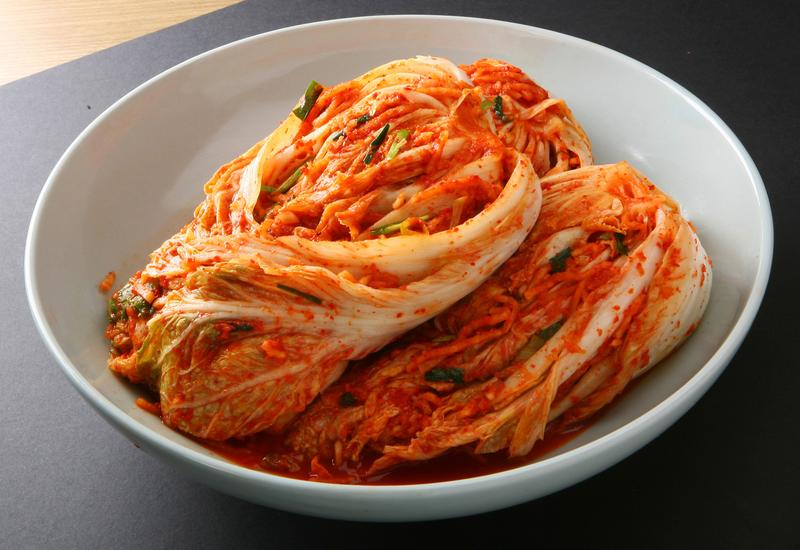
Photo: World Food Guide Video: Ading Rosa -
Not all kimchi needs to be fermented for a long time, some can be eaten right away, like geotjeori kimchi. Maybe you've never noticed this, but you might have seen this type of kimchi just as often as baechu kimchi. This kimchi is made with the same ingredients as baechu kimchi, but it is eaten "freshly" right after being mixed, therefore people also call it "fresh kimchi".
Since geotjeori kimchi won't be fermented, you can add sugar, corn syrup, or rice syrup to the mixture to give the kimchi a sweeter flavor. When making this kimchi, Korean use smaller and thinner cabbage leaves, cut them into small pieces before mixe them, because that way they will absorb the mixture faster. The kimchi can be stored for up to a week in the fridge but is ideally eaten fresh.
Many people love geotjeori kimchi because of how easy it is to make, and also because it is a perfect salad for the summer. Korean usually eat them on hot summer days with main dishes like noodle soups, Korean barbecues, oysters, and hot boiled pork. Take a look at the video we have below, and don't be afraid to make yourself some geotjeori kimchi at home whenever you crave something spicy and crunchy!
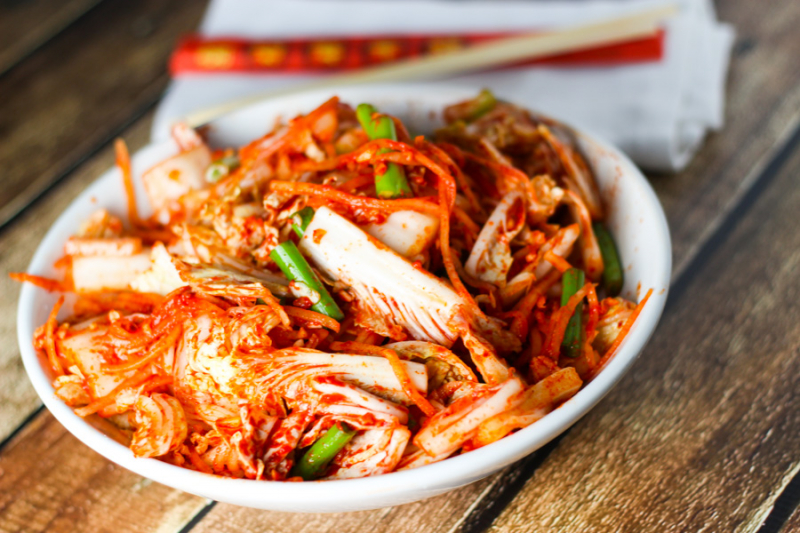
Photo: Platings + Pairings Video: Jisun's Kitchen -
Napa cabbage is not the only type of vegetable that is used to make kimchi, you'll see many other veggies being used to make kimchi by the end of this list, starting with radish in this special kimchi called kkakdugi. Similar to geotjeori kimchi, this is a very fast and easy to make side dish compared to baechu kimchi.
Korean usually make this kimchi in the later months of autumn during the radish harvest season in Korea, after making baechu kimchi, and they prefer Korean moo radish since the firm texter and sweet taste of moo radish make kkakdugi a bit more crunchy and juicy. But if you can't get yourself any moo radish, the regular daikon radish works just fine. Especially, to make kkakdugi, you don't have to soak the radishes in salt water like baechu kimchi. All you need to do is chop radishes into small cubes and massage them well with salt and gochugaru mixture.
Just like many other types of kimchi, kkakdugi goes well with pretty much any main dish you can think of, but Korean loves to eat it with soupy food such as oxtail soup, Korean noodle soup, ox bone soup, and stew. The taste of kkakdugi overpowers and gets rid of the distinctive smell of the stew. Additionally, this kimchi is believed to be very good for digestion.
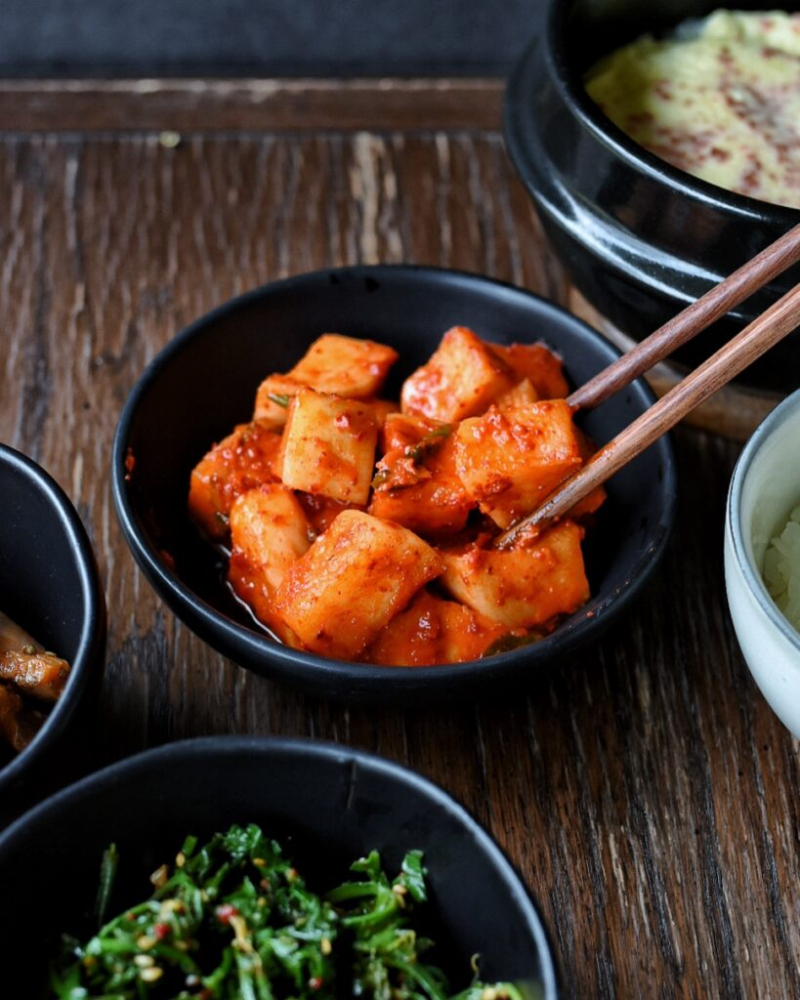
Photo: The Subversive Table Video: Maangchi -
Alongside mixed and fermented types of kimchi, Korean also has water kimchi (or mul kimchi). These types of kimchi are equally loved by Korean as mixed and fermented kimchi, despite being less spicy and not having vegetables slathered in a fermented chili paste. One of the most common types of water kimchi is nabak kimchi.
Nabak kimchi gets its name from nabak sseolgi, a special technique of slicing vegetables into small, thin squares. When making nabak Kimchi, you don't have to use fish sauce or saeujeot. A small amount of gochugaru would be fine. Therefore, this kimchi could be described as "light, small, and thin squares of sliced radish soaked in a rose pink color watery broth". This kimchi lacks both spice and the distinctive red color that we all thought of when we talk about kimchi. However, nabak Kimchi, with a more sweet and fruity taste (mostly from Asian pear) perfectly helps balance out the tastes of side dishes in a Korean meal.
Unlike other types of kimchi, nabak Kimchi is not usually served all year long, but mostly on special holidays. On these occasions, this kimchi is often served with watery dishes, especially tteokguk (the New Year rice cake soup). It also goes perfectly well with all kinds of noodles.
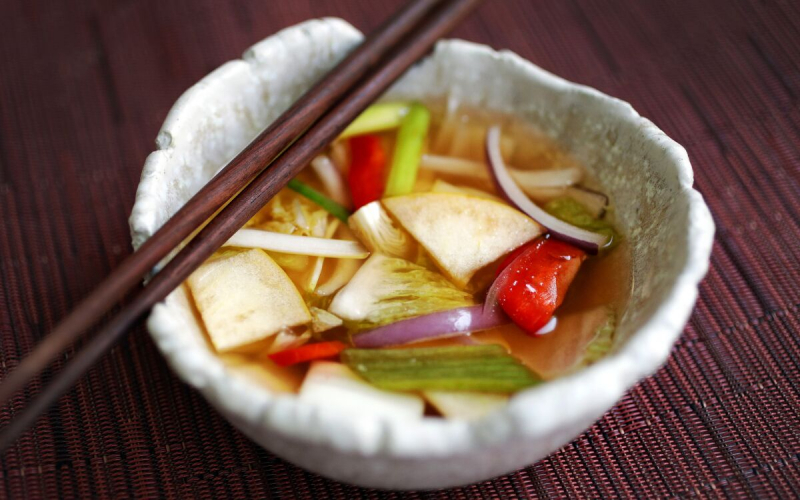
Photo: Los Angeles Times Video: Aaron and Claire -
Another kimchi that is perfect to cool down a hot summer day is the crunchy and cooling oi sobagi kimchi (or cucumber kimchi). During the hot months of summer, lots of juicy fruits are harvested, one of them being cucumber that eventually ended up being an ingredient favored by Korean from a long time ago. It is believed that Korean fermented cucumber even before cabbage.
To make oi sobagi kimchi, you need to soak the cucumbers in salt water, but don't leave them in there too long since they could be too soft and lose their crunchiness. Then you can cut each cucumber side way, but not all the way, leaving some room for the mixture. This mixture is pretty much the same as the mixture used in the making of other types of kimchi, which include fish sauce, saeujeot, gochugaru, etc. You should stuff the mixture inside the cucumbers, as well as use it to massage the skin of the cucumbers. If the process is too much for you, know that Korean has another way to make this kimchi. They slice up the cucumbers into smaller pieces and just toss them in the spice mix!
Oi sobagi kimchi tastes best when eaten right away, as it won't taste good after being fermented. With a nice balance of sweet, salty, spicy, and acidic flavors, this kimchi is perfect alongside hot Korean BBQ.
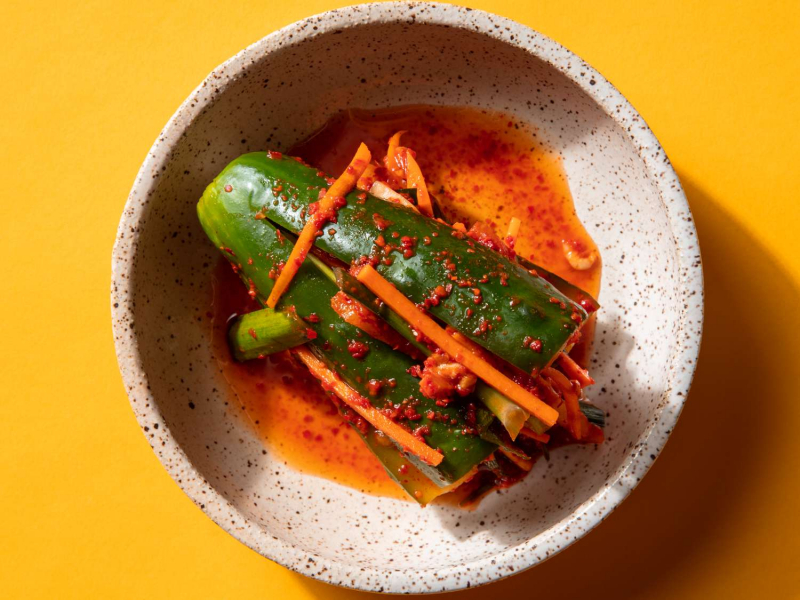
Photo: Serious Eats Video: Maangchi -
Yeolmu kimchi is just as favored as oi sobagi kimchi during the summer months. This kimchi is made with napa cabbage, however, since it is made in the summer - way before the harvest season, the radish is still young with long tender green leaves, and so both its texture and taste are different from baechu kimchi and geotjeori kimchi.
The first thing you should pay attention to when making yeolmu kimchi is to carefully pick those that are not bruised, because bruised radishes can make the kimchi taste somewhat grassy and look unappealing. The second thing that is important when making this kimchi is the mixture. Instead of gochugaru, fresh red chili peppers will do the trick! Korean also soak the radishes in salt water and use wheat flour as a "secret weapon" to reduce the grassy taste of the young radishes. Young radishes and fresh red chili peppers go surprisingly well together, making yeolmu kimchi delicious right after it is prepared. However, if you want the taste to be less spicy, let the kimchi ferment for a couple of days.
The radish leaves in geotjeori kimchi are believed to be rich in fiber, vitamin A, vitamin C, and low in calories. It is the perfect side dish for cold noodles on a hot summer day.
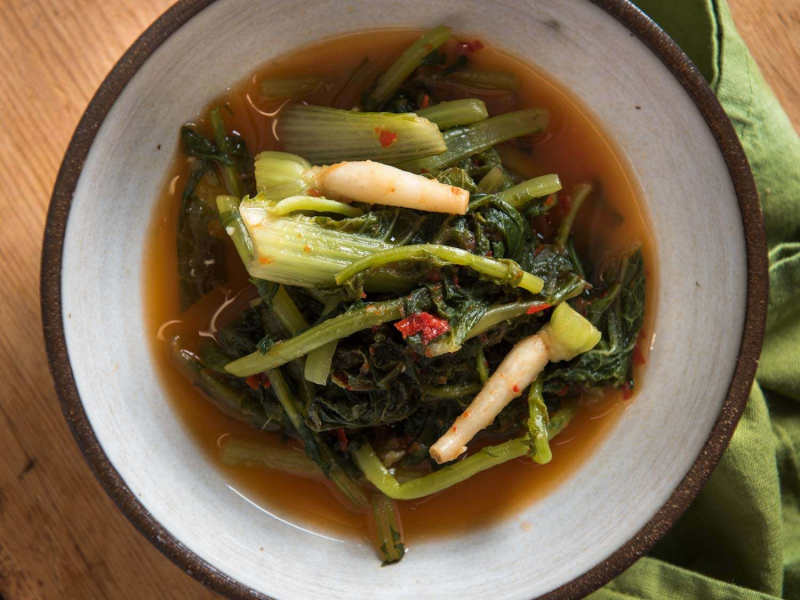
Photo: Serious Eats Video: 우리의식탁 W TABLE -
Bossam kimchi, also called “bokimchi”, is the most unique kimchi in this list for both its preparation and its ingredients. This kimchi is well known for being the most elegant kimchi out there, with fine ingredients such as pine nuts, jujubes, seafood, and pears wrapped beautifully into a big bundle with napa cabbage leaves and served in a bowl. It became especially popular in the Gaeseong area (Gyeonggi-do Province) of North Korea, where good quality cabbage was grown in the old days.
To make bossam kimchi, you have to prepare a lot of fine ingredients as listed above. Even the cabbage leaves used for making this kimchi have to be Gaeseong cabbage leaves, which are much wider than other varieties. The process of making this kimchi is also different. After soaking the leaves in salt water, Korean stuff into them a filling of all sorts of fine nutricious ingredients mixed with gochugaru, fish sauce, and saeujeot. Afterward, they use another leaf to cover the whole thing, wrap it into a big bundle, and served in a bowl. Because of the nutritious filling, this kimchi is also well known for being the most nutritious kimchi.
Bossam kimchi is more expensive than other types of kimchi, and is usually served for special occasions and holidays.
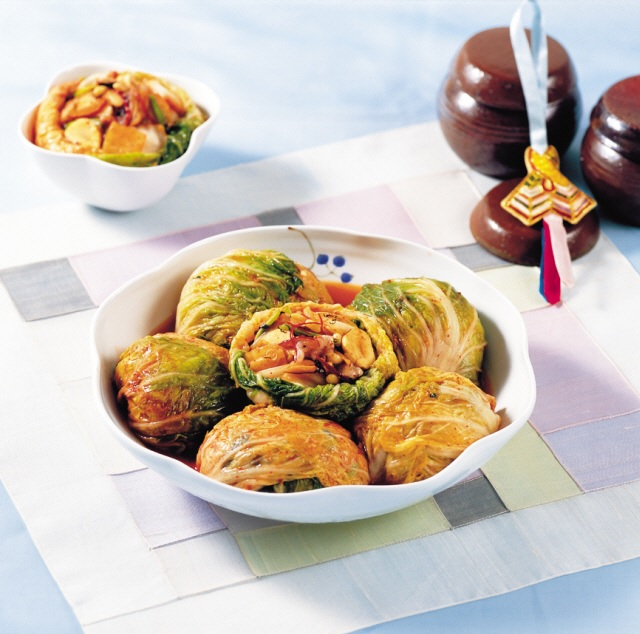
Photo: The Korea Herald Video: DIY Cooking Channel -
Pa kimchi, also known as green onion kimchi or scallion kimchi, is one of the types of Kimchi that Koreans usually eat for banchan (traditional side dishes) in the first couple of months of the year. The reason for that is that this time of the year is the harvest season of the Korean green onion called jjokpa. Another season is that green onions are commonly used as a medicine to treat viral infections, flu, and the common cold - which often happen in spring.
Among many types of Kimchi in Korea, pa kimchi is considered to be the easiest recipe to make. You can use jjokpa, or standard scallions as the main ingredient. The mixture requires the same ingredients: fish sauce (or soy source) and gochugaru for flavor, as well as sugar, garlic, and ginger. Some people add dried squid to add spice and bring a chewy texture to contrast the green onion's crunch. Once the green onions are rubbed in the spice mix, they can be tied together using their long stems for easier storing and eating.
Pa kimchi is also a type of kimchi that can be eaten right away, though letting it ferment for a week will deepen the kimchi's spicy and robust flavor. This kimchi is a perfect side dish for warm rice and hot dishes on cold spring days.
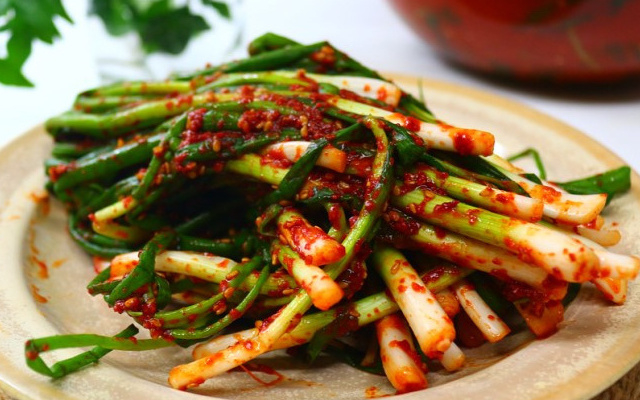
Photo: Kimchi Ajumma Video: Seonkyoung Longest -
At first glance, you might think buchu kimchi is nothing different from pa kimchi, but they are quite different since their main ingredients are not the same. While pa kimchi is made from green onion leaves, buchu kimchi is made from Korean garlic chives. Therefore, this kimchi is also called garlic chive kimchi. This kimchi is a popular summer kimchi in the southern provinces of Korea.
Buchu kimchi is also a quick, easy and fun recipe to make, perfect for those who want to try making kimchi for the first time. to make buchu kimchi, you only need to prepare rice flour, gochugaru, fish sauce, saeujeot, and of course, garlic chives. Salted shrimp and fish sauce are optional, and the garlic chives don't need to be pre-salted either. All you have to do is massage the mixture onto the garlic chives. You can serve the freshly made garlic chives kimchi right away. But if you prefer fermented, transfer it into an airtight container and let it ferment at room temperature for 1-2 days. Then store in the fridge for another 2 days and your garlic chives kimchi should be ready to serve.
Buchu kimchi can be eaten right away with hot rice or Korean BBQ, and fermented buchu is a great choice for side dish in every meal.
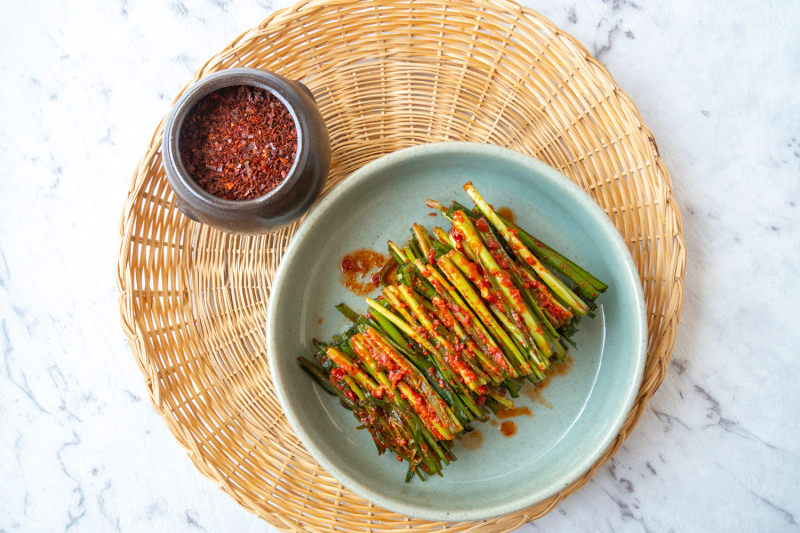
Photo: Asian Inspirations Video: SuhsKitchen_Korean Food -
Gat kimchi is the type of kimchi that has the most unique taste. People say it is crunchy and has a slightly bitter, loamy flavor. This unique taste comes from the main ingredient of the kimchi - a wild mustard leaf named Jeolla Do mustard.
To make gat kimchi, you should first soak the mustard greens in salt water. Then, prepare a mixture of gochugaru, fish sauce, and saeujeot, plus vegetables such as carrots, chives, and scallions, which is similar to the mixture used in other types of kimchi. After that, apply the mixture throughout and carefully onto each mustard green leaf, then let them ferment in containers until the taste is fully developed. Jeolla Do mustard leaves are the perfect choice for gat kimchi, but if you can't get them, Chinese mustard greens (or gai choy) should be fine too.
With its pungent flavor of the leaves that perfectly complement the spicy chili paste, gat kimchi is usually served as banchan - a traditional Korean side dish alongside main dishes as with most cabbage kimchi. You can simply wrap it around hot rice and enjoy the special taste. But this kimchi is believed to especially go well with hot dishes like hot boiled meats and stews.
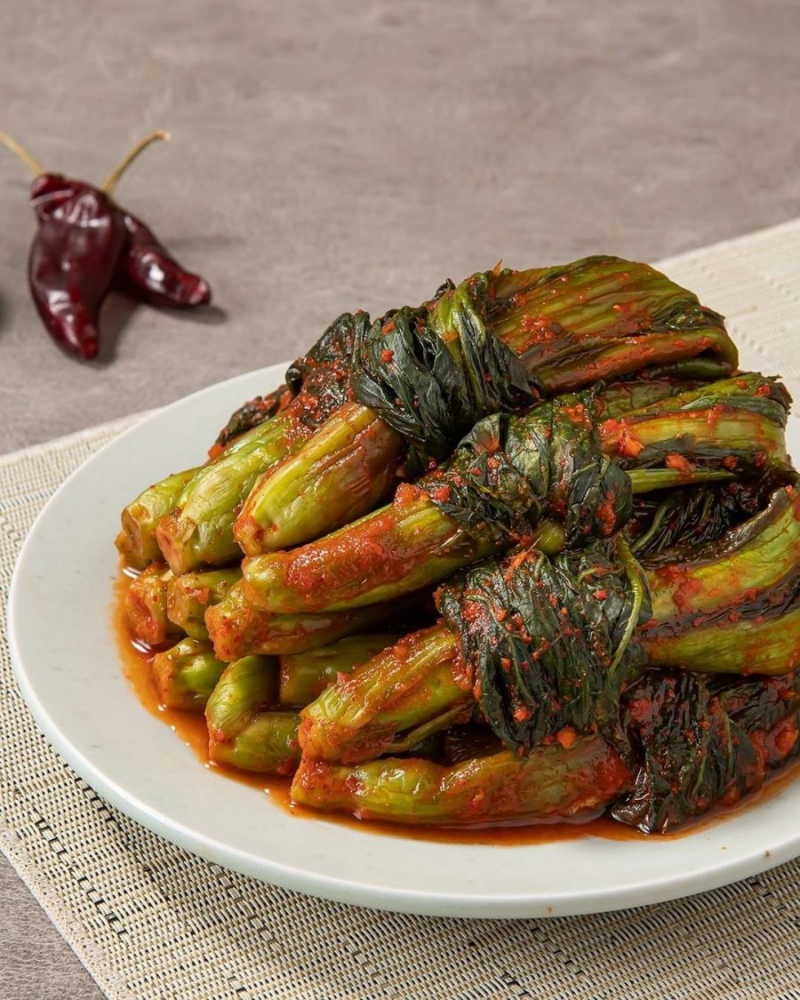
Photo: MiddleClass Video: Mom's Taste -
The second water kimchi we have on this list is dongchimi. Although it can be made at any time of the year, the kimchi is often prepared in late (Korean) fall or early winter using radishes harvested in fall. Apparently, these radishes are plumper and sweeter. It is also meant to last for a long time (like 3 months of winter), so it has been a popular winter side dish in Korea for centuries. The northern regions consisting of Hamgyeong-do and Pyeongan-do in North Korea are particularly famous for their dongchimi.
Dongchimi is fermented like other varieties of kimchi, but its maturing period is relatively short (2–3 days). To make this kimchi, Korean uses whole radish, soak them in salt water for several days, then coat them with another layer of salt, put them in a jar of pickling brine, and let fermented. Whole green or red peppers can be added as decoration but are not required. Leaf mustard, garlic, ginger and leeks, as well as other salted ingredients may be included. There are many variations of dongchimi depending on region and personal taste.
The clear and clean taste of the watery dongchimi is often used as a soup for making cold noodle soup or served alongside sweet potatoes and porridge, which is thought to help with digestion.
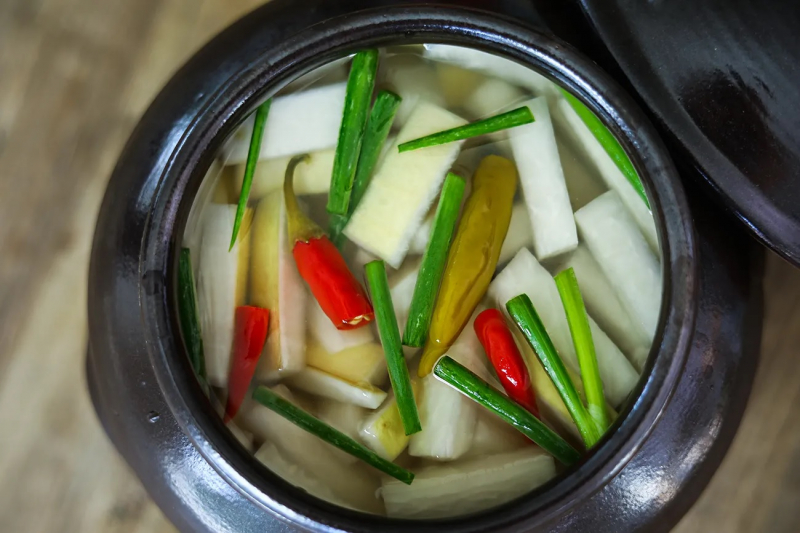
Photo: Seonkyoung Longest Video: Maangchi -
Chonggak kimchi is a very popular type of kimchi in Korea. It’s made with chonggakmu, which is a small type of white radish with long leafy stems. This small variety is firmer and crunchier than the large varieties of white radishes. Fun fact: These radishes look like a topknot, and so, they also go by the name of ponytail radishes. In ancient cultural practices, single men in Korea tied their hair in long braids similar to the shape of ponytail radishes, but wore a bun upon marriage. That is somewhat similar to the shape of the radish, giving chonggak kimchi the name "bachelors kimchi" as well.
Chonggak kimchi is made with the stems intact. You can cut the stems into shorter lengths, leaving some attached to the radish. Also, if the radish part is too thick, you can half of it lengthwise. The radishes are usually soaked in salt water, and then have their stems knotted together. Then, each bulb is coated in the kimchi source mixture, and stored in jars until the fermentation period is done. The whole process usually takes around 1 week.
Korean serve chonggak kimchi in both special events and every day like just like other types of kimchi. However, it is most eaten after the harvest season.
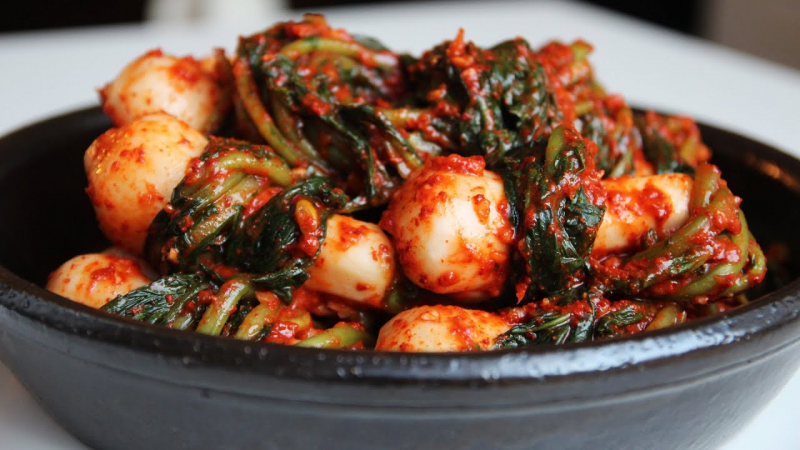
Photo: Maangchi Video: SomSsi Korea -
Baek kimchi is somewhat similar to nabak kimchi, as both types of kimchi lack spice, making them stand out in a world full of hot, red-colored kimchi. The name "baek kimchi" translates quite literally to "white kimchi". It’s particularly popular amongst kids and spicy food cautious people. Some people think that the lack of chili in this kimchi indicates that baek kimchi is far older than other types of kimchi, because red spiced gochugaru supposedly came to Korea only in post 16th century, long after kimchi was already being eaten in Korea.
Even tho baek kimchi is made of Napa cabbage, it contains no gochugaru. Therefore, some people even call it "the antithesis of the fiery baechu kimchi". This kimchi can also be made by vegan and gluten-free recipes, as the use of fish sauce and rice flour is optional. You can also use common ingredients like Asian pears and nutty aromatics that create a fruity brine and give this kimchi a flavourful kick. Additionally, you can add fun ingredients like chestnuts and jujubes.
Baek kimchi is mild and refreshing. It goes well with any Korean dish, but it particularly goes well with Korean char-grilled BBQ. This cooling kimchi is perfect to give to elders, young kids, or simply anybody who doesn't quite fancy spicy foods.
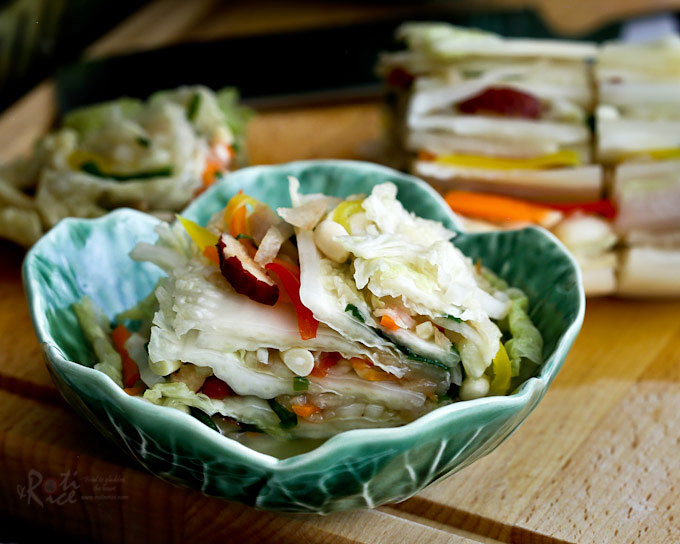
Photo: Roti n Rice Video: Maangchi -
Kkaennip kimchi is often made with kkaennip jangajji, a species of perilla that is a member of the mint family and widely used as a vegetable in Korea. This kimchi is loved for its garlicky but spicy flavor from gochugaru.
Making kkaennip kimchi is quite easy. For the seasonings, you can use a combination of Korean fish sauce and soup soy sauce. You can use all fish sauce for a bit more robust flavor or all soy sauce for a vegan option. Regular soy sauce can be used if you don’t have soup soy sauce. You can add to the mixture some chopped scallion or garlic chives. You should mix all ingredients well together, then layer the mix between each leaf, place them in a container, and allow them to ferment for around a week. Sweet ingredient like Asian pear is optional. Kkaennip seeds or sesame seeds are often sprinkled on top to add a crunchy texture to the kimchi.
Kkaennip kimchi can be eaten in many different ways, and especially great in gimbap (or kimbap) or pork rolls. You can also enjoy it just as it is, by wrapping it around some hot rice, making a cute bundle and enjoying the perfect combination of the cold, spicy leaf and hot rice.
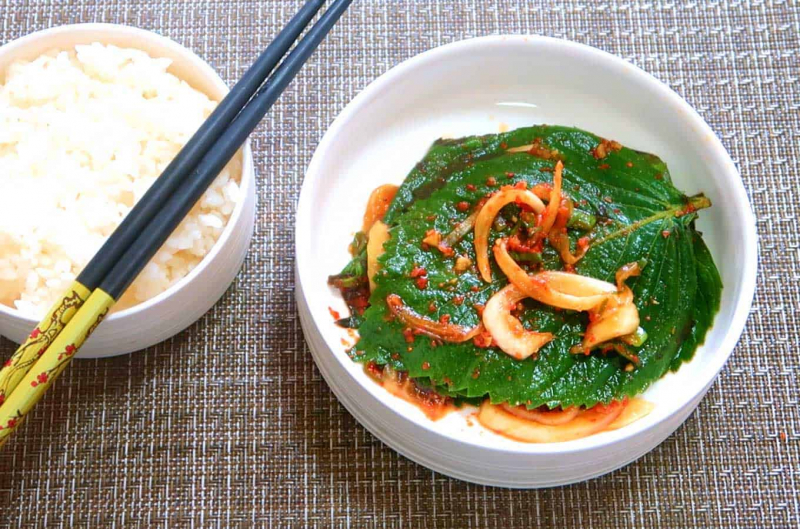
Photo: FutureDish Video: Maangchi
















